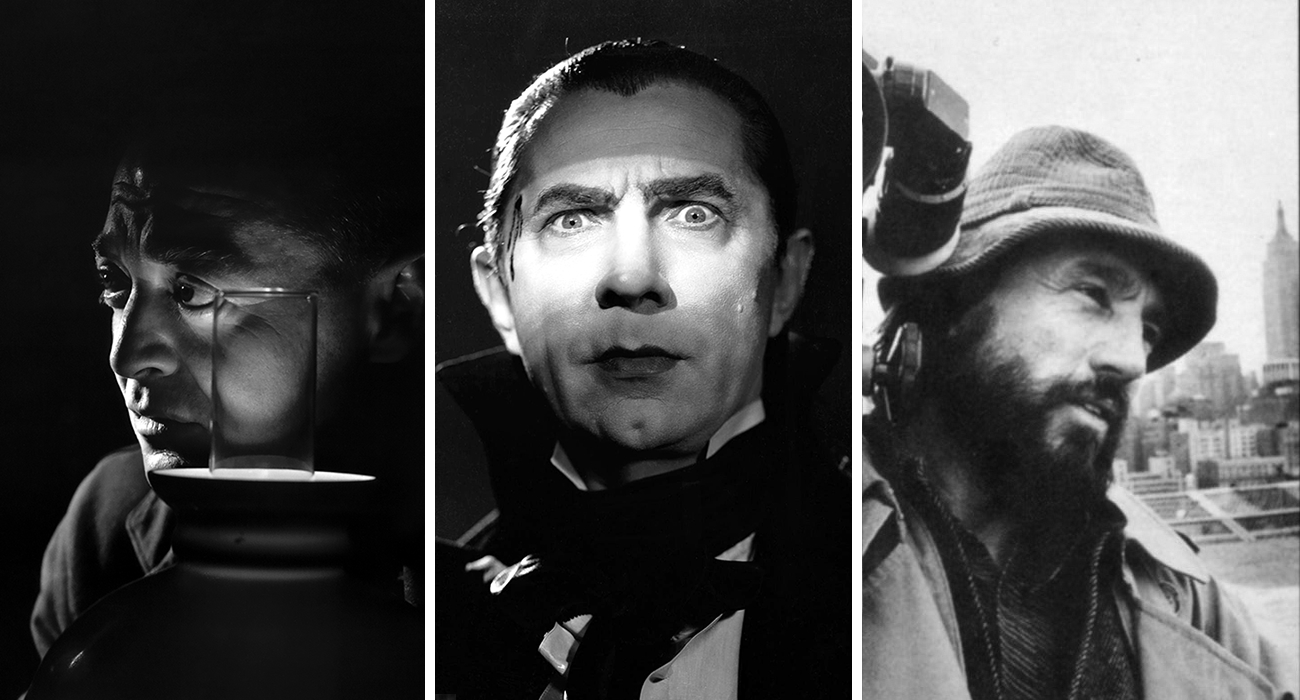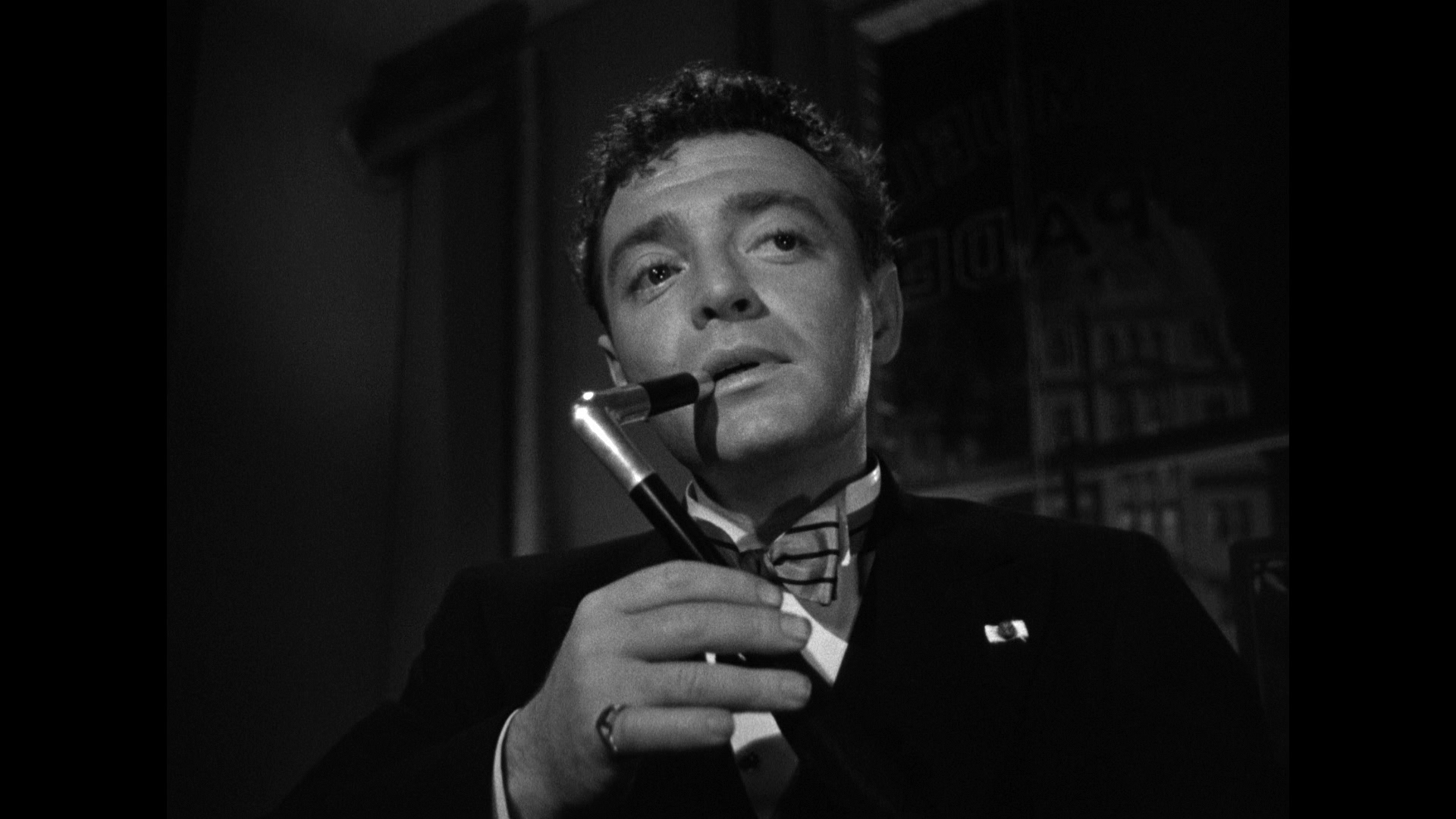1/10
Alexander Korda
Alexander Korda (born as Sándor László Kellner) never intended to be a filmmaker. It wasn’t until he moved to Budapest in 1909 and got a job as an assistant with a film company that he started thinking about it. Although his career started here, he soon fled the country: first to Vienna, then to Berlin, then to Hollywood, and finally settling in Britain, where he eventually founded London Films and became one of cinema history’s earliest moguls. From the beginning of his career, Korda combined the role of director and producer, both making and marketing his films. His most famous romp, The Private Life Of Henry VIII, became the first British film to break into the American market and win an Academy Award. According to those who worked with him, he was an intelligent, urbane, cultured man with a cynical eye, all characteristics that shine through in his works. Korda died in 1956 of a heart attack. Nowadays there is a major film studio named after him in Etyek – located just outside of Budapest – which features the Korda Filmpark, offering a retrospective exhibition about the silver-screen player.
2/10
Michael Curtiz
Michael Curtiz (born as Kertész Kaminer Manó; often credited as Mihály Kertész) is revered for directing some of history’s most classic films: The Adventures Of Robin Hood, Captain Blood, and Angels With Dirty Faces, to name just a few; for his masterpiece, 1942’s Casablanca, Curtiz earned the Academy Award for Best Director. He left Hungary in 1919 when the film industry was nationalized, and soon settled in Vienna. It was there that Curtiz was discovered by Jack Warner for his Austrian Biblical epic Moon of Israel. Warner hired Curtiz for his studio, where he stayed for nearly 20 years – during his career, he directed more than 100 movies. He was famous for his capacity to get great performances out of any actor, and for his considerable skills behind the camera. Curtiz died in 1962, one year after completing his final film, The Comancheros with John Wayne.
3/10
Béla Lugosi
Béla Lugosi is probably the most well-known Hungarian actor of all time, known for his ornate, grandiose, almost otherworldly acting style, and for defining the role of Dracula onscreen in Tod Browning’s 1931 Universal classic. Born as Béla Ferenc Dezső Blaskó in 1882, the man who would become a silver-screen icon emigrated to the US in 1921, after the death of his first wife. Lugosi was spotted for his role as the hypnotic blood-sucker when he was performing as a vampire on stage, and when Dracula became an early blockbuster in the early 1930s, he was soon world-famous. However, Lugosi’s breakthrough role became the prison of his career: he soon became typecast in B-movie horror flicks like Ed Wood’s Plan 9 From Outer Space, which was sadly his last film as he died mid-production; he was buried in his Dracula costume. (Tim Burton’s 1994 film Ed Wood pays loving tribute to these final days of Lugosi, played by Martin Landau.) A statue of Lugosi can be seen today on one of the corners of Vajdahunyad Castle.
4/10
Peter Lorre
Bulging eyes, unruly hair, a captivating screen presence, a round face, and a unique nasal voice – once you’ve seen Peter Lorre (born as László Löwenstein) in a film, you won’t forget him. That is true for any pick of his whole oeuvre, which spans hard-boiled detective noirs (The Maltese Falcon) to romantic dramas (Casablanca) – and it shouldn’t come as a surprise that he worked with directors like Fritz Lang, Alfred Hitchcock, and the famous dramatist Bertolt Brecht. Occasionally he played heroic roles, but for most of his career he was typecast in parts of shifty misfits and miscreants. Plagued by ill health and drug addiction, Lorre capped his career with a run of tongue-in-cheek horror films, after which a stroke ended his life. He was called “The Lord High Minister of All That is Sinister”.
5/10
Vilmos Zsigmond
The ever-stunning lifework of Vilmos Zsigmond – the Hungarian-born world-famous cinematographer – was recognized with an Academy Award and several other prestigious international film honors, and is known for providing the incredible visuals for films such as Close Encounters of the Third Kind, The Deer Hunter, or The Black Dahlia. The trademark of Vilmos Zsigmond’s prolific works is the inventive and creative use of lighting, and his artistic application of light. Due to his unique style, his works show a rich diversity: his images are poetic at times and realistic at others, with both attention to detail and a grandiose vision. After passing away on January 1st of this year, MuPa – Palace Of Arts is currently paying tribute to Zsigmond’s artistic legacy with a series of screenings of his many films (original audio, Hungarian subtitles): the next showing will be Assassins on February 29, 7pm. also honors the famous cinematographer by screening his less-known films every second Thursday (original audio, Hungarian subtitles) – the first screening of this series will be You Will Meet A Tall Dark Stranger on February 25, 6pm.
6/10
István Szabó
To date, István Szabó’s Mephisto is the only Hungarian film to win the Foreign Language Oscar, honoring his adaptation of Klaus Mann’s novel with the same title. The famous filmmaker lived through hard times: he was born at the start of World War II, surviving the fascist regime and Red Army siege only to endure decades of communist repression and Hungary’s 1956 Revolution. Living through these events shaped his films, as he often draws on his experiences and also on themes of personal freedom, political influence, and national identity. As the message of Mephisto is to pay attention to what’s going on in current politics, in Sunshine, he questions his own identity – just like the film’s main characters do. He hasn’t directed a film in four years; his latest work to date is also an adaptation of the Magda Szabó book, The Door.
7/10
Andrew G. Vajna
Andrew G. Vajna has been one of the most prominent producers in Hollywood for the past 30 years. As co-founder of Carolco Pictures, he produced such blockbuster films as the Rambo trilogy with Sylvester Stallone, and Total Recall with Arnold Schwarzenegger. Since founding Cinergi Pictures Entertainment Inc., he has been responsible for Die Hard with a Vengeance, Judge Dredd, The Scarlet Letter, and other films. Vajna now heads the Hungarian National Film Fund, and he was also the founder of Intercom Ltd., Hungary’s biggest movie and DVD distributor. Vajna was born in Budapest, and emigrated to the US in 1956, but also lived in Hong Kong – actually, his first involvement in the film industry was running movie theaters in the Far East.
8/10
Joe Eszterhas
Joe Eszterhas ranks as one of the highest-paid, most powerful, and most reviled screenwriters in the history of film, three distinctions that, unsurprisingly, have a lot to do with each other. Born in Hungary, he began his career as a journalist for publications like Rolling Stone. The first film for which he produced a screenplay was Nark, followed by hits like Flashdance and Basic Instinct, before earning a huge paycheck to write one of the most ridiculed movies of all time, Showgirls. He usually names Paddy Chayefsky, the combative writer of Network, as his biggest inspiration. While you might not think of screenwriters as rock stars, read any interview with him and you’ll surely change your mind: he is the Lemmy of his field. He survived throat cancer, a public beef with Mel Gibson, a divorce, and drug addiction, and nowadays he holds screenwriting lectures. If you really want to know him, read his rip-roaring memoir, Hollywood Animal.
9/10
Béla Tarr
Béla Tarr is celebrated as one of the world’s most original and most coveted contemporary filmmakers. Drawing inspiration from the works of Italian neorealism and the French New Wave, and questioning modern alienation and morality in a provocative way, his films have a strong influence on the younger generation of filmmakers, such as Gus Van Sant and Jim Jarmusch. His collaboration with writer László Krasznahorkai – whose books are often the basis for Béla’s films – marked the beginning of his unique visual style: long, slow shots and a distinctive black-and-white photographic approach. Five years ago, he announced that The Turin Horse will be the last film he’ll ever make, and to date, he seems to be remaining true to his word. He is also known for his seven-and-a-half hour long film, Satan’s Tango, also based on a Krasznahorkai novel.
10/10
László Nemes
First-time Hungarian director László Nemes co-wrote and directed 2015’s Son of Saul, the only Hungarian film to date that won a Golden Globe (in the Best Foreign Language Film category) after winning the Grand Prix at Cannes. It was also nominated for the Oscar in the same category – and it is highly favored to win it this weekend. While Nemes’s Holocaust-drama debut recalls directors like Béla Tarr (Nemes spent two years as his assistant) or the Dardennes, when the credits start to roll, viewers have no doubt that Nemes has his own unique style, and mastered it. The film also has an autobiographical tone: Nemes is the descendant of Holocaust victims. Just like his father, film and theater director András Jeles, Nemes is a big proponent of 35-mm film instead of digital recording, and has been shooting his movies on it since the start of his career. He is currently working on his next movie, Sunset – a thriller set in Budapest in the time leading up to World War I.














